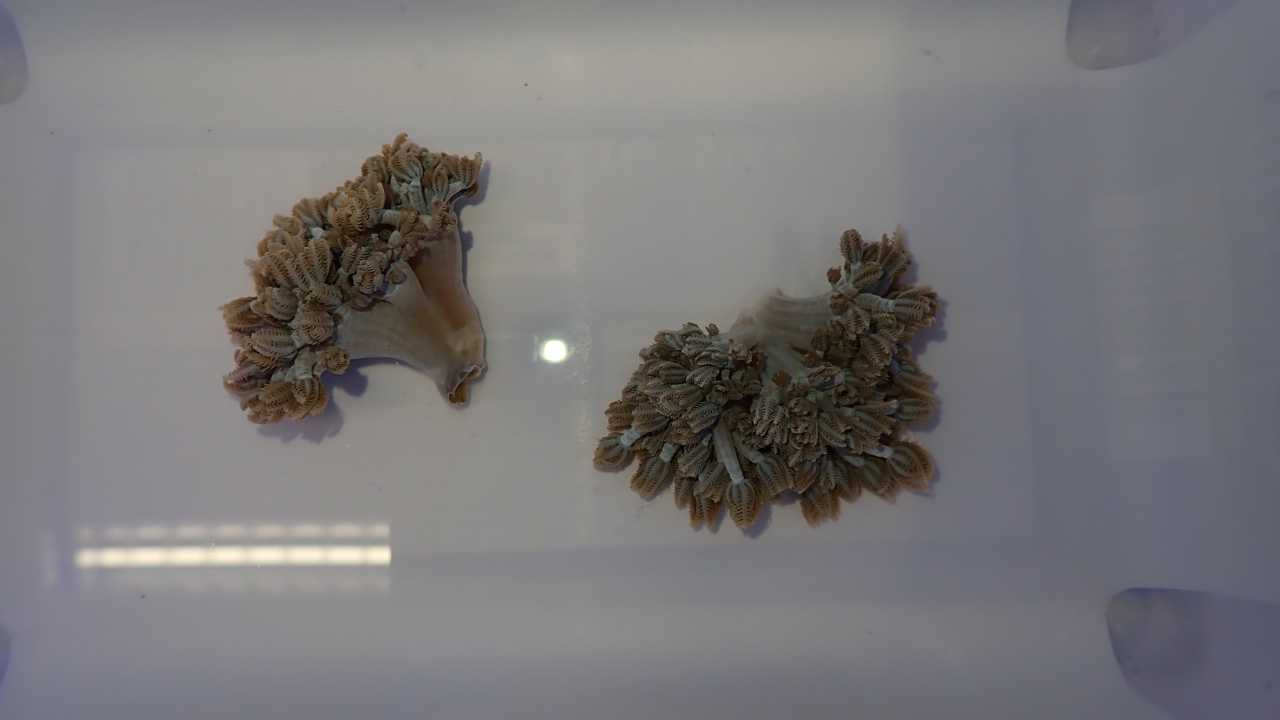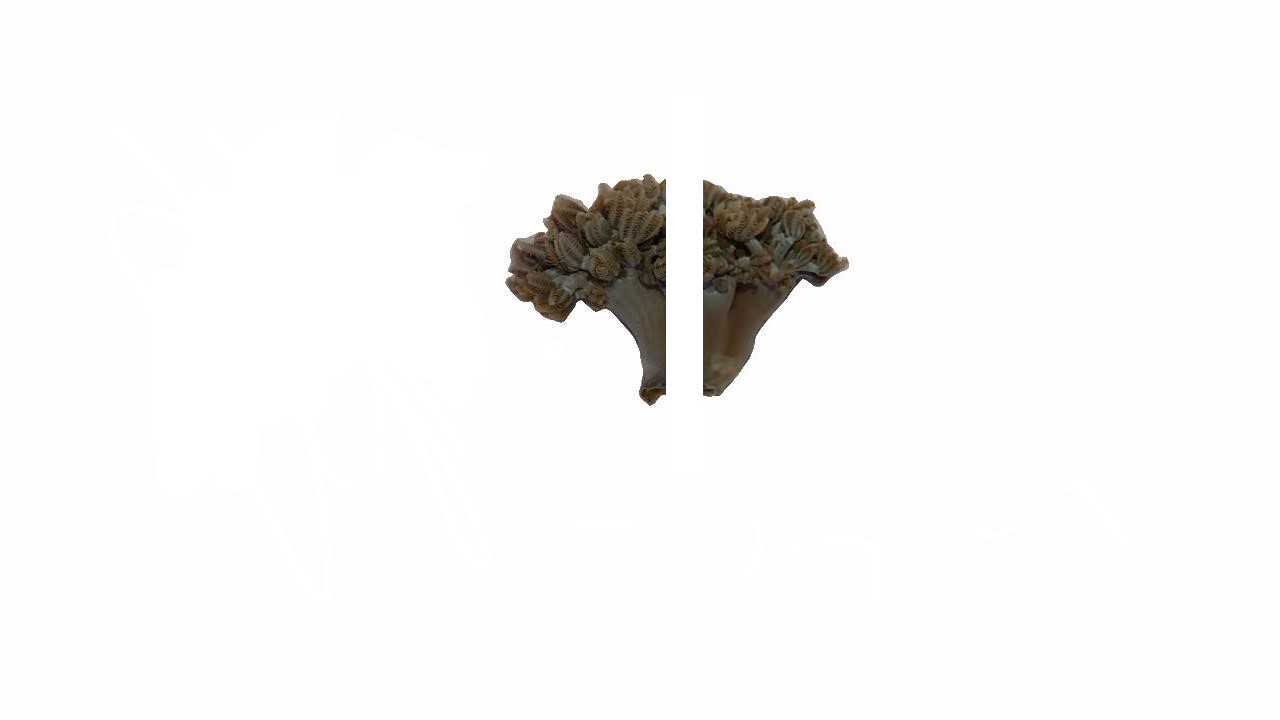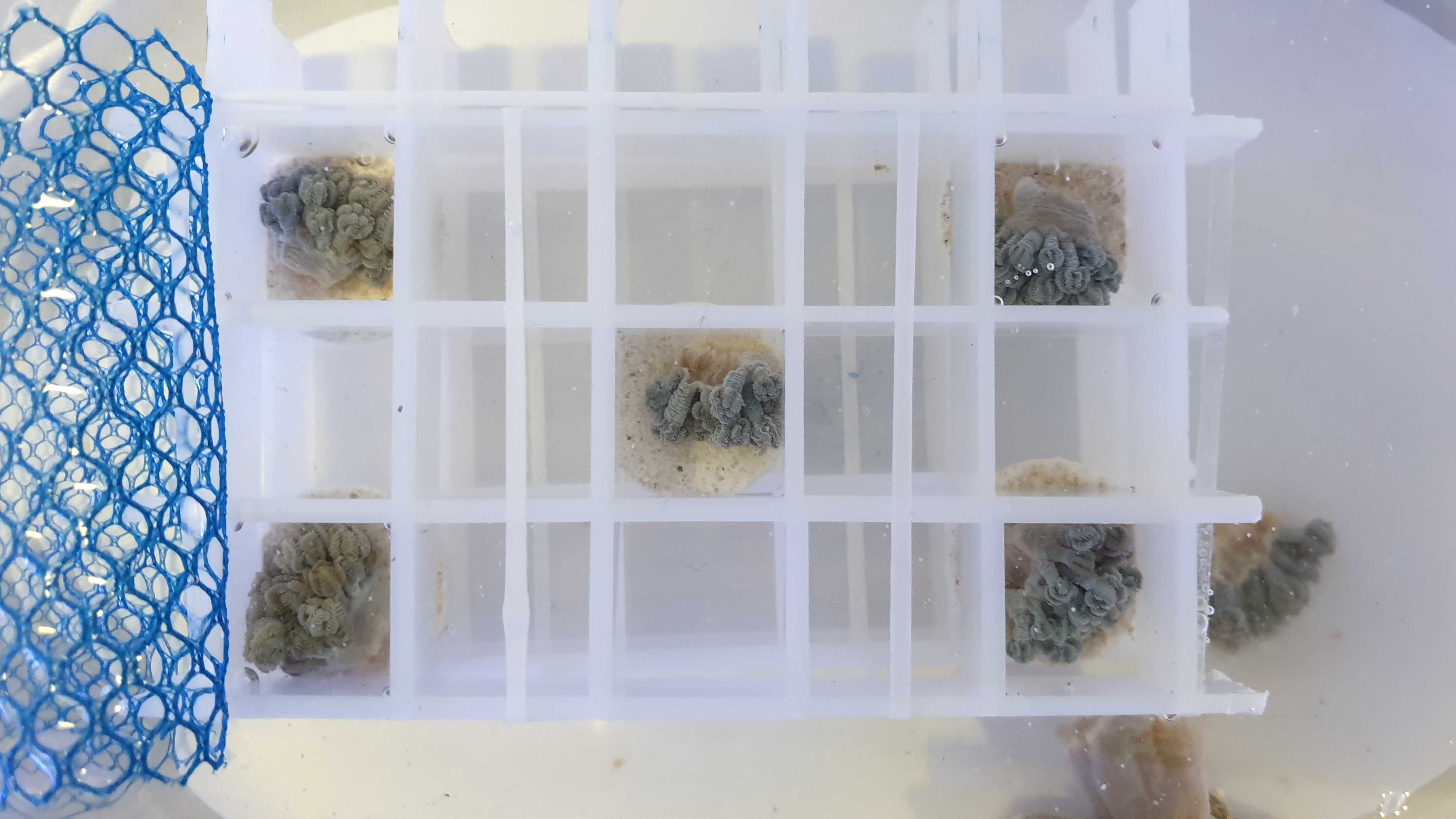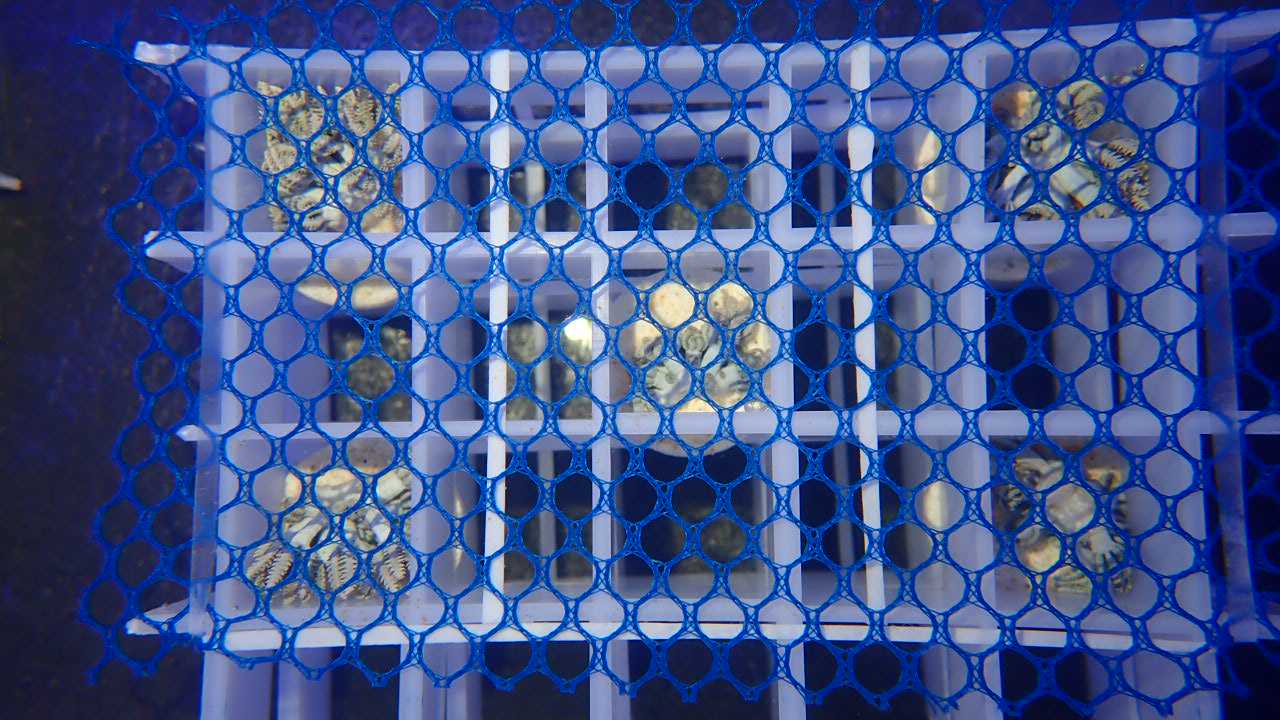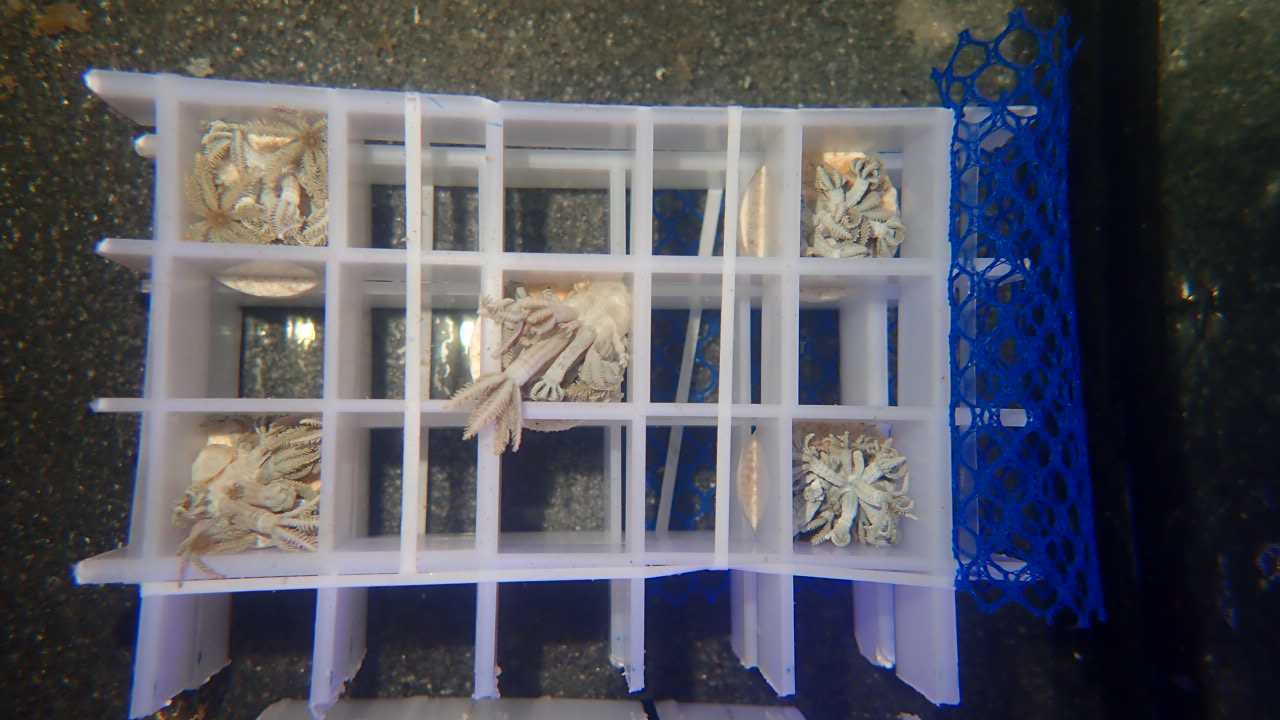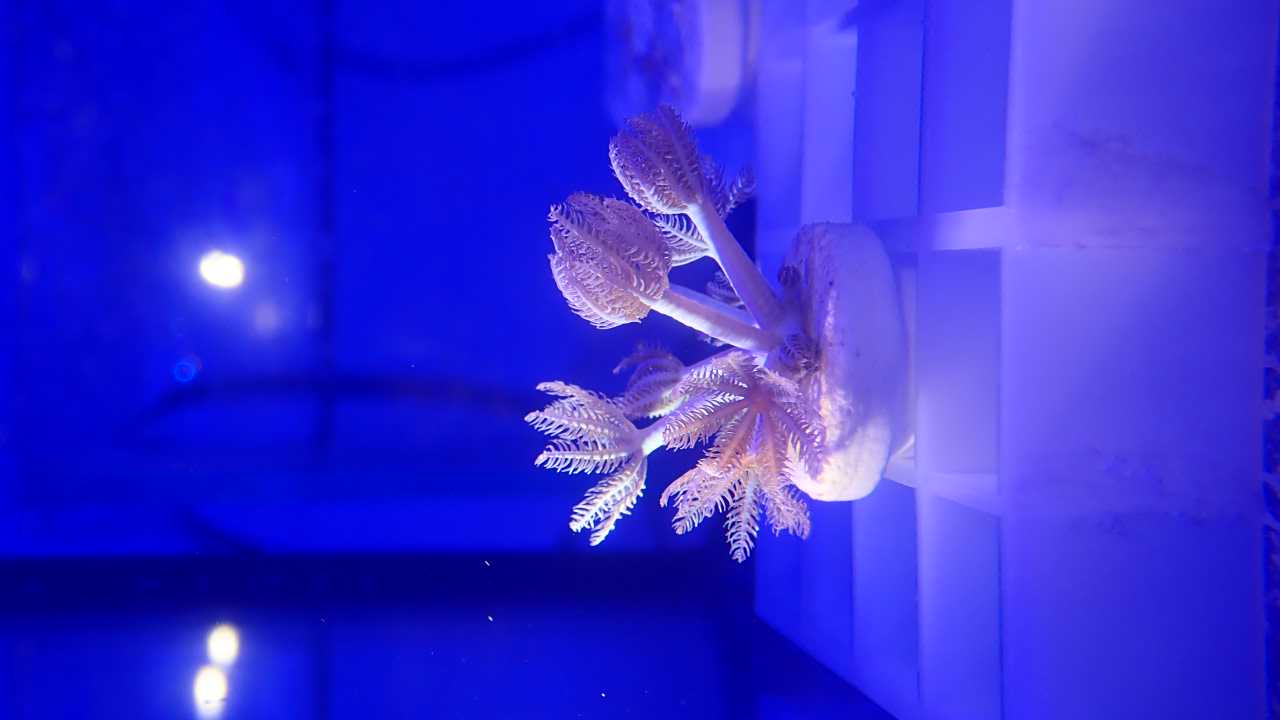Effective asexual propagation (fragmentation) method of the soft coral Xenia umbellata
Sohyoung Kim, Christian Wild, Arjen Tilstra
Abstract
Many asexual propagation methods for hard corals can easily be found in scientific papers, while methods for soft corals are mostly present in grey literature or aquarium hobbyists’ forums. Moreover, fragmentation methods for hard corals are difficult to be adopted by many soft corals since they lack a rigid support system. Even though some soft corals may be considered as easy and fast growers, it is difficult when it comes to preparing healthy fragments in large quantities to use for experiments. Thus, the Plug mesh method was formulated to easily fragment one soft coral type lacking any rigid support system, the Xenia umbellata, efficiently. This method was coined by modifying a method named theTunnel cube method developed by Curry (2020) and could be used for many other soft corals with similar characteristics.
Before start

- Prepare two eggcrates of the same size.
- Prepare the needed number of coral plugs. Make sure they are not placed right beside each other but being adjacent diagonally is ok.
- Cut a mesh fabric to fit the selected eggcrate size. Use a mesh with large enough holes for water to flow while small enough to keep fragments inside. A diameter of 3.5mm or larger is recommended.
- Secure the eggcrates and coral plugs with rubber bands.
- Prepare extra rubber bands to secure the top mesh fabric after coral fragmentation.
- If fragments will be placed in a nursery tank, make sure to prepare the nursery tank to have ambient water flow allowing sufficient circulation within the tank.
Steps
If they have attached to the eggcrate wall, gently scrape them off and place the fragment back on top of the plug.
